Introduction
The Passover Supper, a pivotal moment in Jewish history, took on unparalleled significance as the setting for Jesus’s final meal with his disciples. This event, rich in symbolism and foreshadowing, remains a cornerstone of Christian faith and a subject of intense theological study. We’ll explore the intricate details of this last supper, examining its historical context, symbolic meanings, and lasting impact.
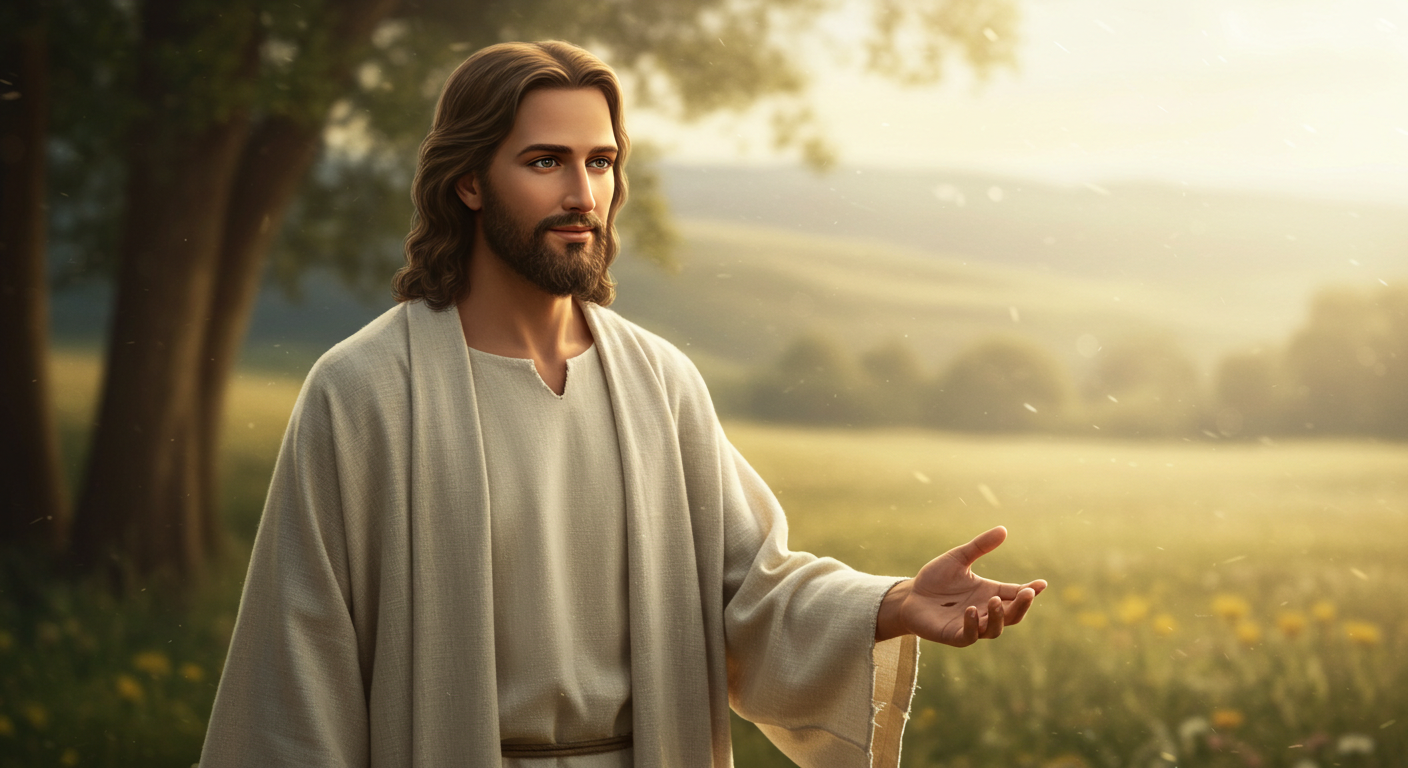
The Historical Context of Passover
Understanding the Passover Supper requires appreciating its place within Jewish tradition. Passover commemorates the liberation of the Israelites from slavery in Egypt, a narrative deeply ingrained in Jewish identity. The Seder, a ritual meal, recounts this story, using symbolic foods and readings. Jesus, a devout Jew, would have been intimately familiar with these traditions.
The Setting: An Upper Room in Jerusalem
The setting of the Last Supper itself is shrouded in some mystery, but tradition places it in an upper room in Jerusalem. The location suggests a private and intimate gathering, underscoring the solemnity of the occasion. Imagine the atmosphere: the flickering lamplight, the hushed anticipation, and the weight of unspoken knowledge hanging in the air.
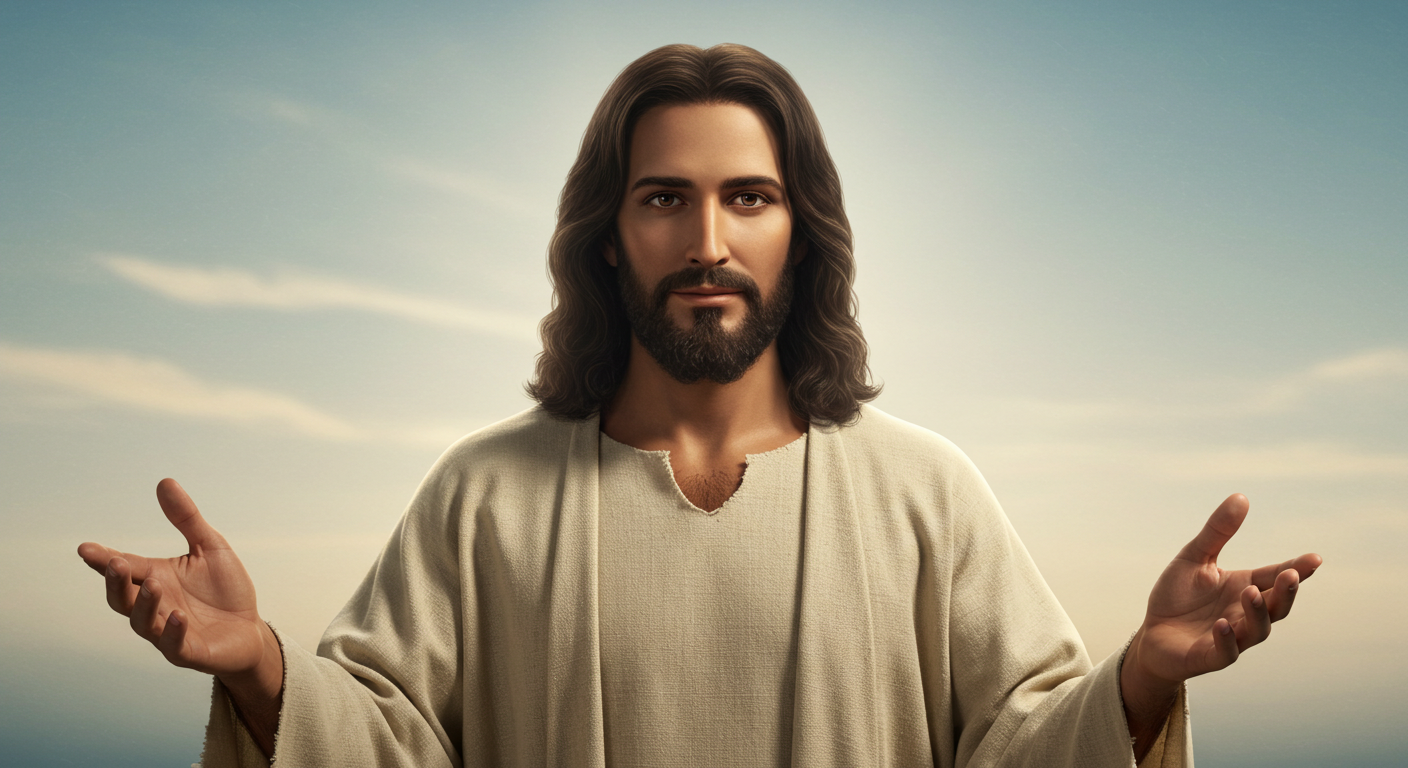
The Institution of the Eucharist
During the Supper, Jesus took bread, blessed it, broke it, and gave it to his disciples, saying, “Take, eat; this is my body.” This act, repeated with the cup of wine, is interpreted by Christians as the institution of the Eucharist, or Holy Communion, a central sacrament of the Christian faith. Learn more about the meaning of the Eucharist.
The Washing of the Feet
Before the meal, Jesus performed a surprising act of humility: he washed the feet of his disciples. This gesture, typically performed by a servant, overturned social norms and highlighted Jesus’s message of service and love. It served as a powerful lesson in humility and selfless devotion.
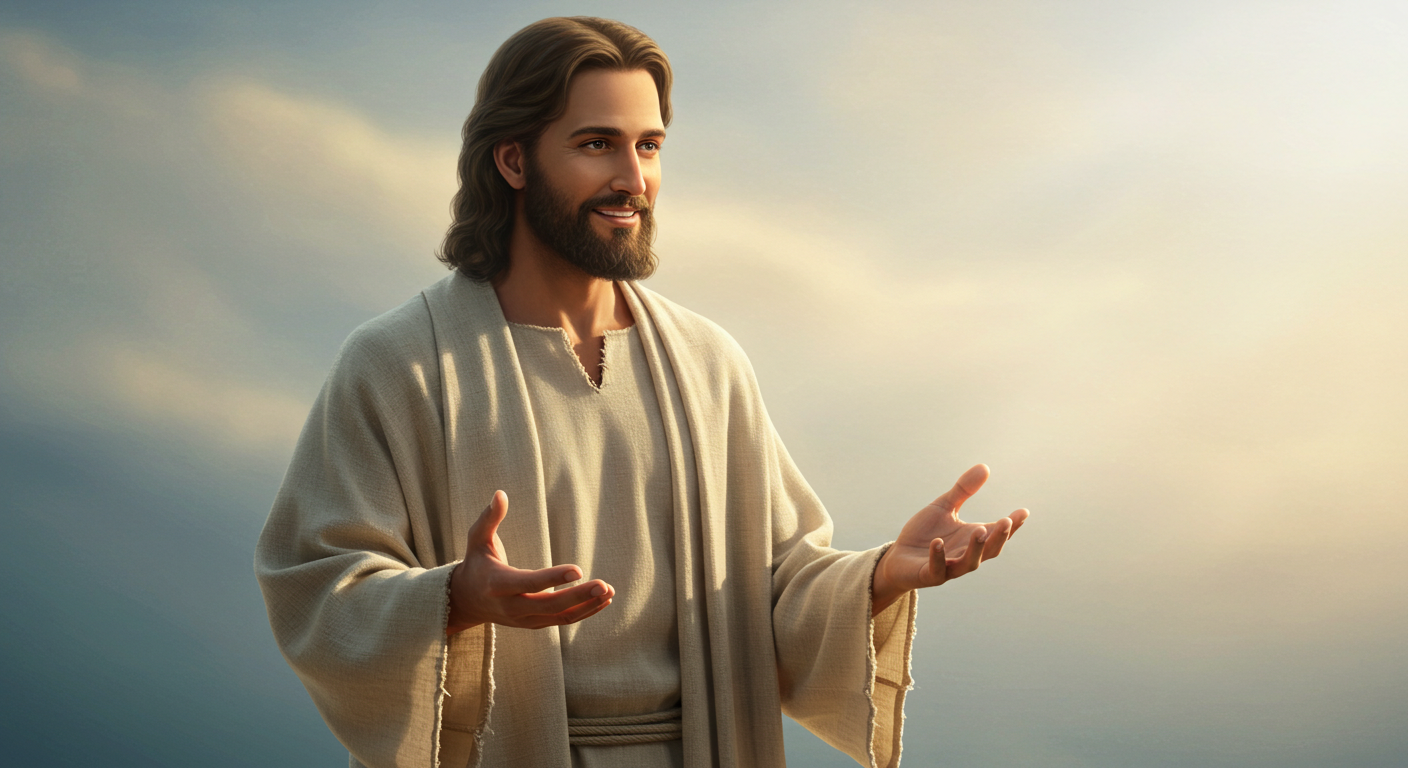
The Prophecy of Betrayal
A somber note permeated the Supper: Jesus revealed that one of his disciples would betray him. The ensuing tension and uncertainty must have been palpable among the apostles. This prophecy adds a layer of dramatic irony to the proceedings, enhancing their poignancy.
The Prediction of Peter’s Denial
Jesus not only predicted the betrayal but also foretold Peter’s denial. Peter, known for his impulsive nature, vehemently protested his loyalty, only to deny Jesus three times later that night. This prediction underscores the fallibility of even the most devoted followers.
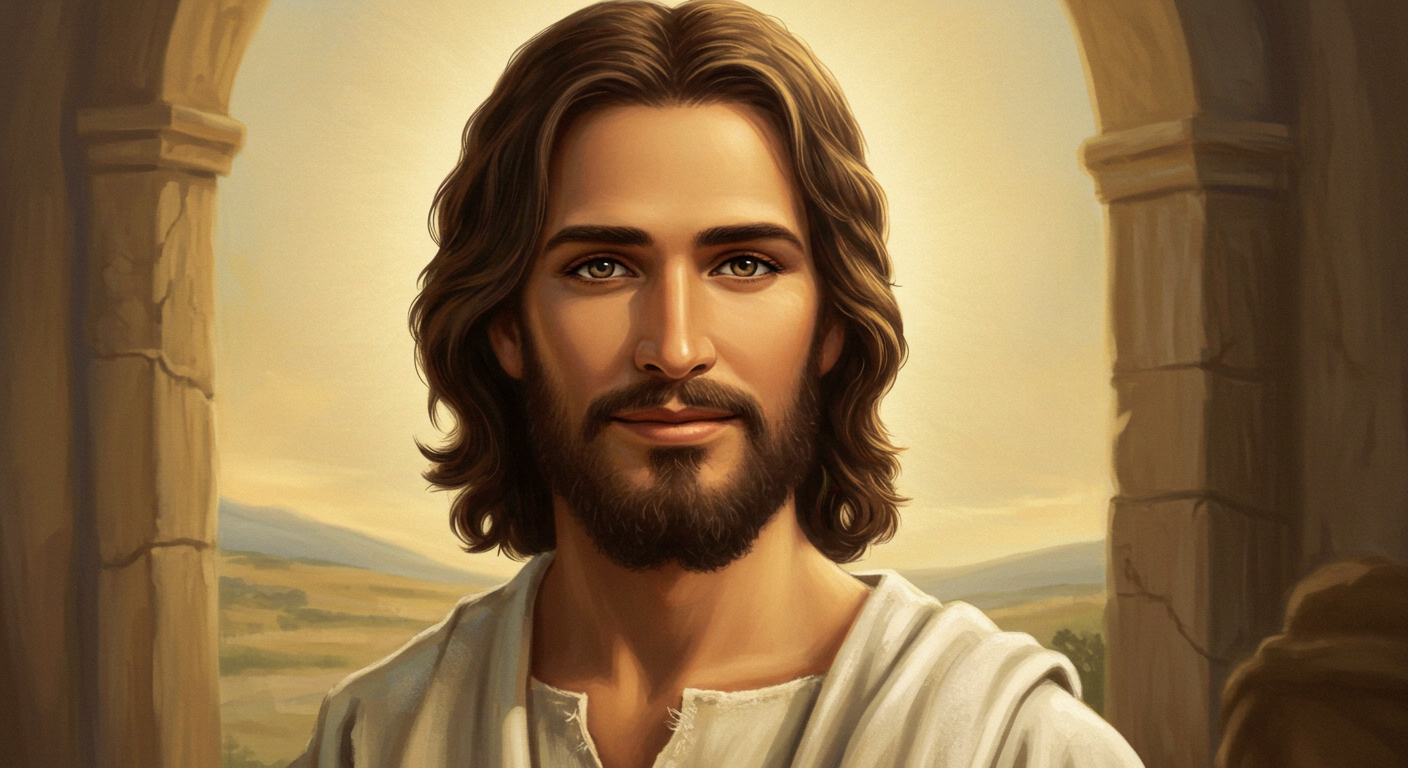
The New Covenant
Jesus referred to the cup of wine as “the new covenant in my blood.” This phrase is crucial to Christian theology, suggesting a new relationship between God and humanity, ratified through Jesus’s sacrifice. Further insights into the implications of the New Covenant.
Jesus’s Farewell Discourse
Following the institution of the Eucharist, Jesus delivered a moving farewell discourse to his disciples. This discourse offers profound teachings on love, unity, and perseverance in the face of adversity. It serves as a powerful message of hope and comfort.
The Promise of the Holy Spirit
Jesus promised his disciples the gift of the Holy Spirit, a divine advocate who would guide and empower them after his departure. This promise is central to the Christian understanding of the continued presence and work of God in the world.

The Significance of the Bread and Wine
The bread and wine, symbolic of the Passover meal, take on new meaning in the context of the Last Supper. They become representations of Jesus’s body and blood, signifying his sacrifice and the promise of salvation. A deeper dive into the symbolism of the bread and wine.
The Agony in the Garden
The Last Supper was followed by Jesus’s agonizing prayer in the Garden of Gethsemane. There, he wrestled with the weight of his impending suffering and the enormity of his mission. This episode highlights the profound sacrifice he was about to make.
The Arrest and Trial of Jesus
After the Garden, Jesus was betrayed, arrested, and subjected to a series of unjust trials. This sequence of events demonstrates the suffering he endured on behalf of humanity. Read the account in Matthew 26.
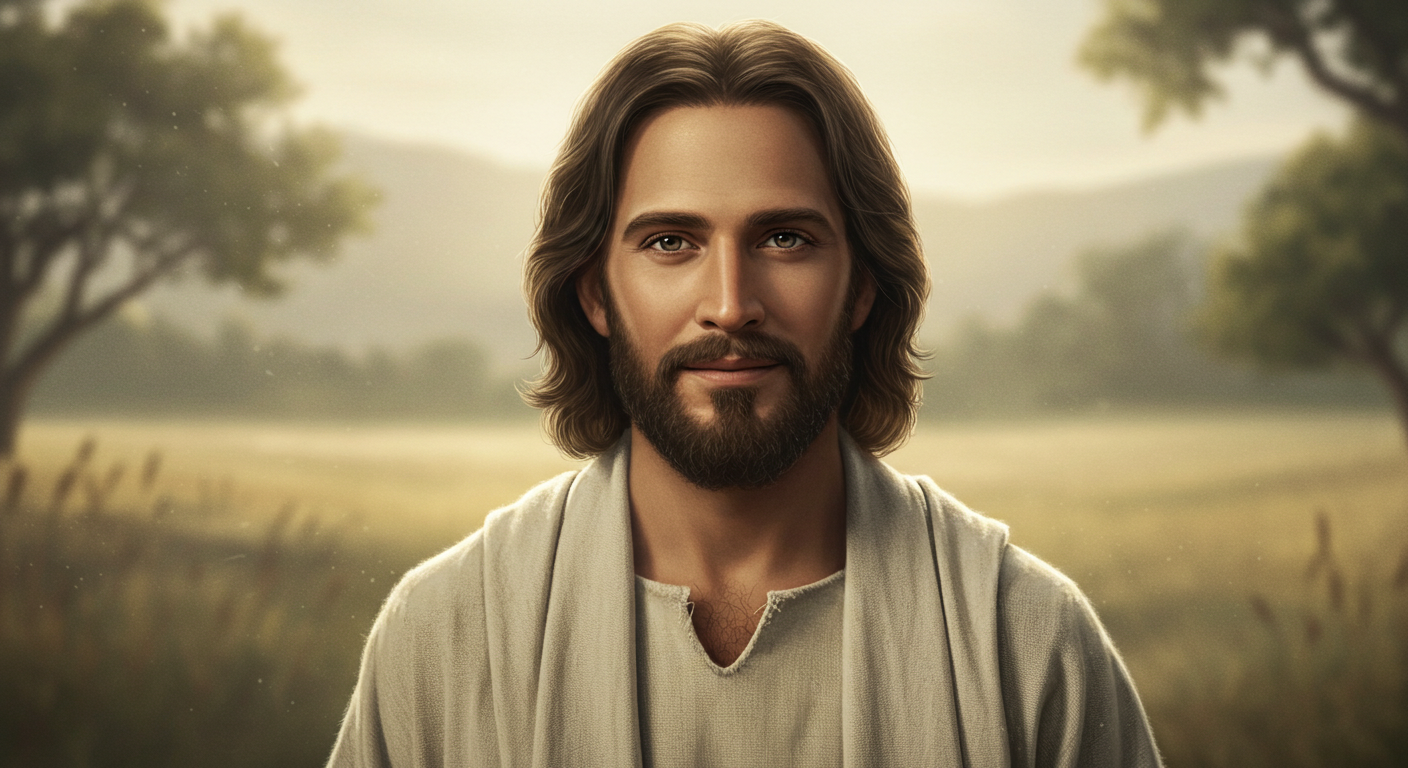
The Significance of the Upper Room
The upper room, the site of the Last Supper, became a significant location in early Christian history. It represents a space of intimate communion with Jesus, a place where his teachings and sacrifice were remembered and celebrated.
The Legacy of the Passover Supper
The Passover Supper remains a central event in Christian history, shaping beliefs, practices, and theological interpretations for centuries. Its themes of sacrifice, love, and redemption continue to inspire believers worldwide.
The Passover Supper and the New Testament
The accounts of the Last Supper in the Gospels provide valuable insights into the event and its significance. Comparing the different Gospel accounts reveals subtle variations in details, yet the overarching themes remain consistent. Read the account in John 13.

Conclusion
The Passover Supper was far more than a simple meal; it was a pivotal moment in human history, a profound act of sacrifice, and a cornerstone of Christian faith. The rich symbolism, poignant prophecies, and enduring legacy continue to resonate with believers today. The Last Supper reminds us of Jesus’s selfless love, his unwavering commitment, and the profound hope he offers.
Frequently Asked Questions
What is the significance of the bread and wine? The bread and wine symbolize Jesus’s body and blood, representing his sacrifice and the promise of salvation offered through him.
Why did Jesus wash his disciples’ feet? This act of humility demonstrates Jesus’s teaching on service and love, challenging social norms and setting an example for his followers.
How do different Christian denominations interpret the Eucharist? While the central meaning remains consistent, various denominations have different interpretations regarding the nature of the bread and wine (e.g., transubstantiation, consubstantiation, symbolic). More information here.
What is the New Covenant? The New Covenant, established through Jesus’s sacrifice, signifies a renewed relationship between God and humanity, based on grace and forgiveness.
How does the Last Supper relate to the Jewish Passover? The Last Supper was celebrated during the Passover festival, drawing upon its symbolism and historical context. Jesus transformed the Passover into a new sacrament, signifying his sacrifice as the ultimate Passover lamb.
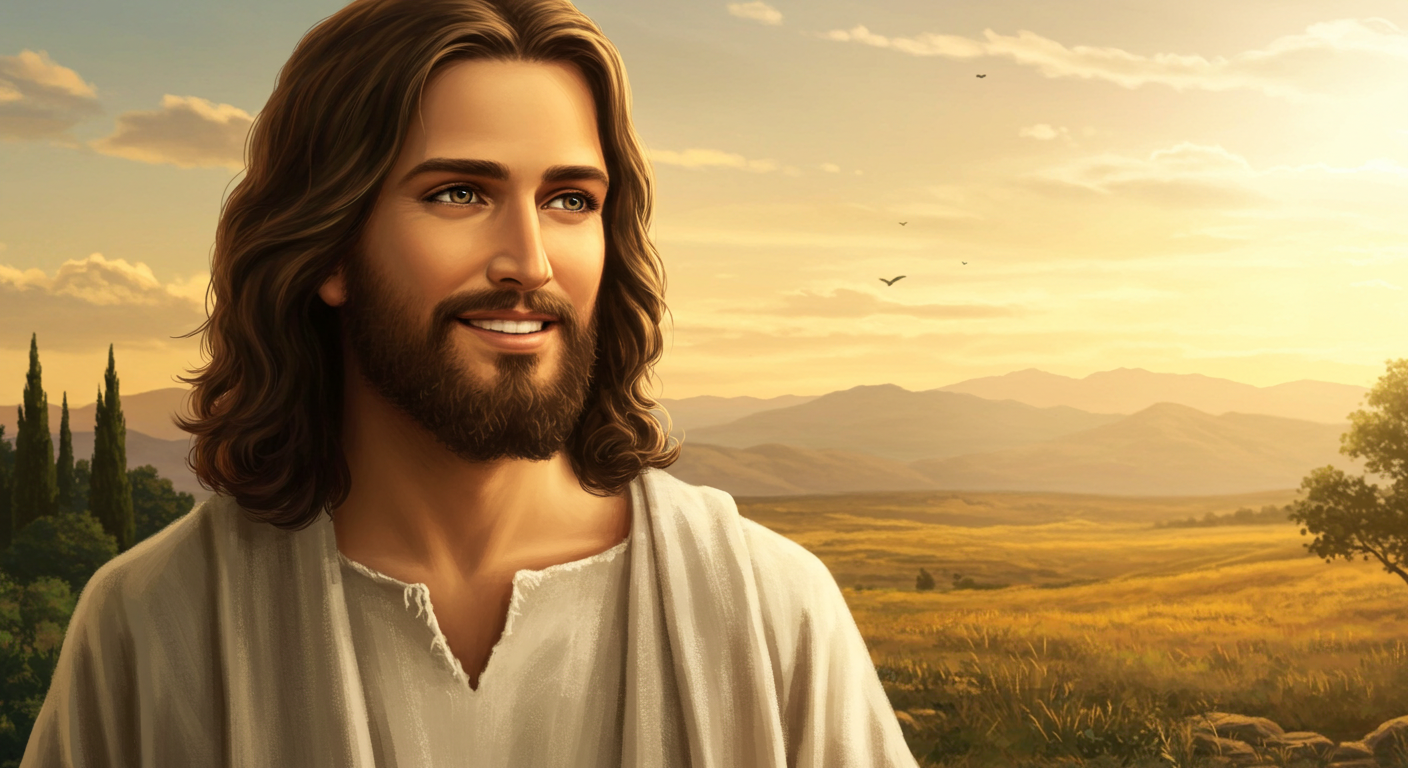
Leave a Reply